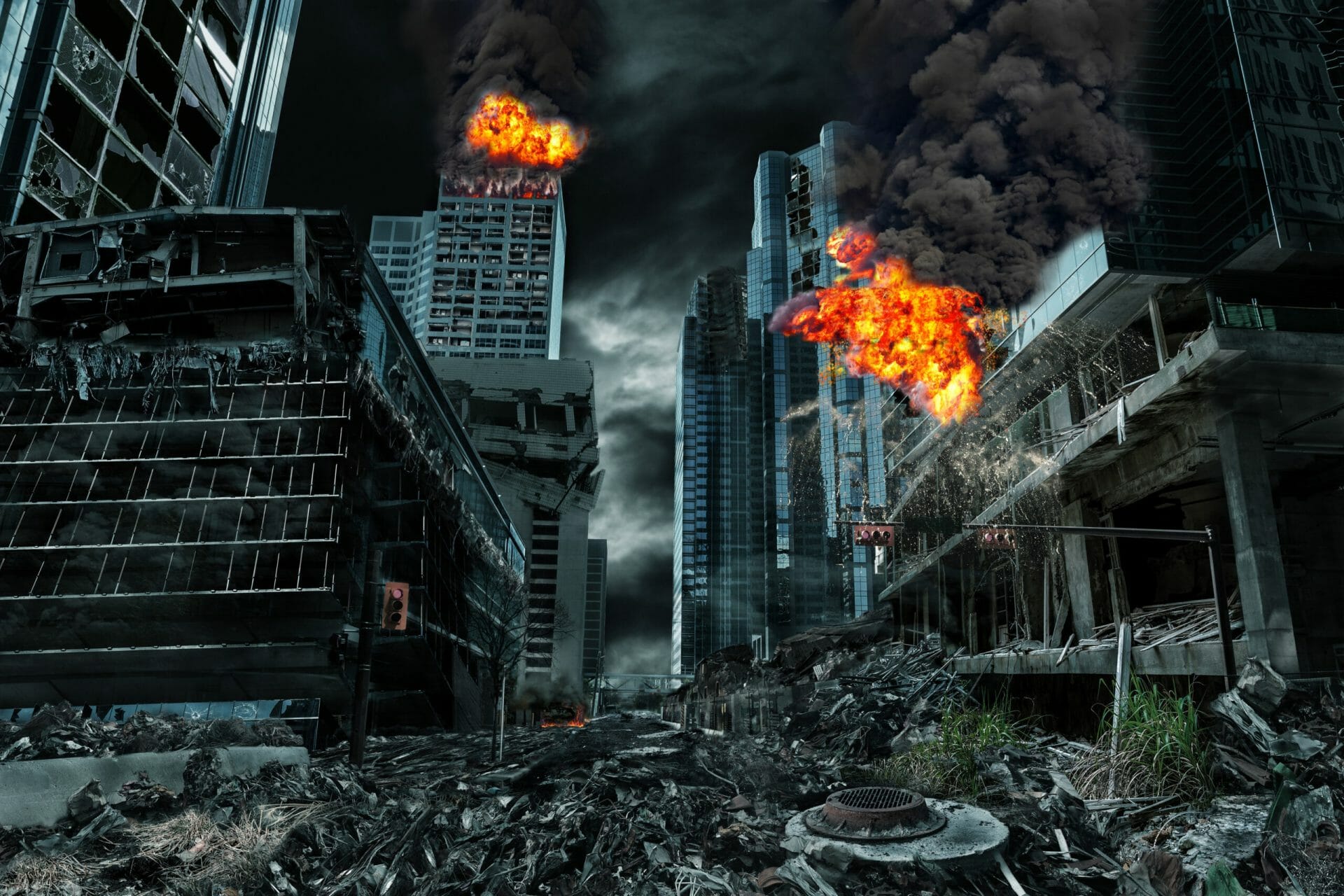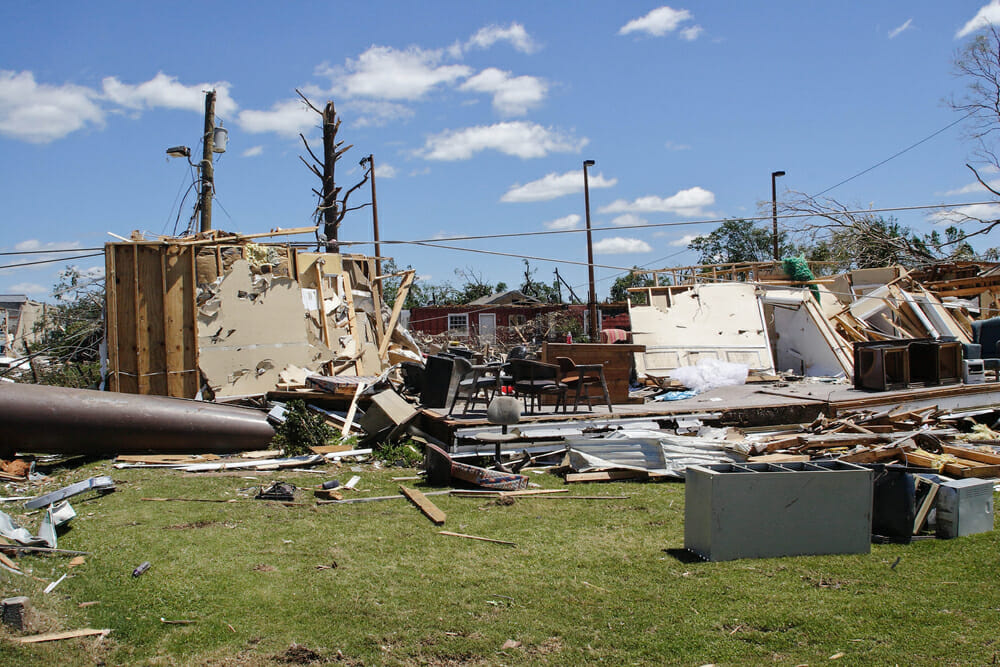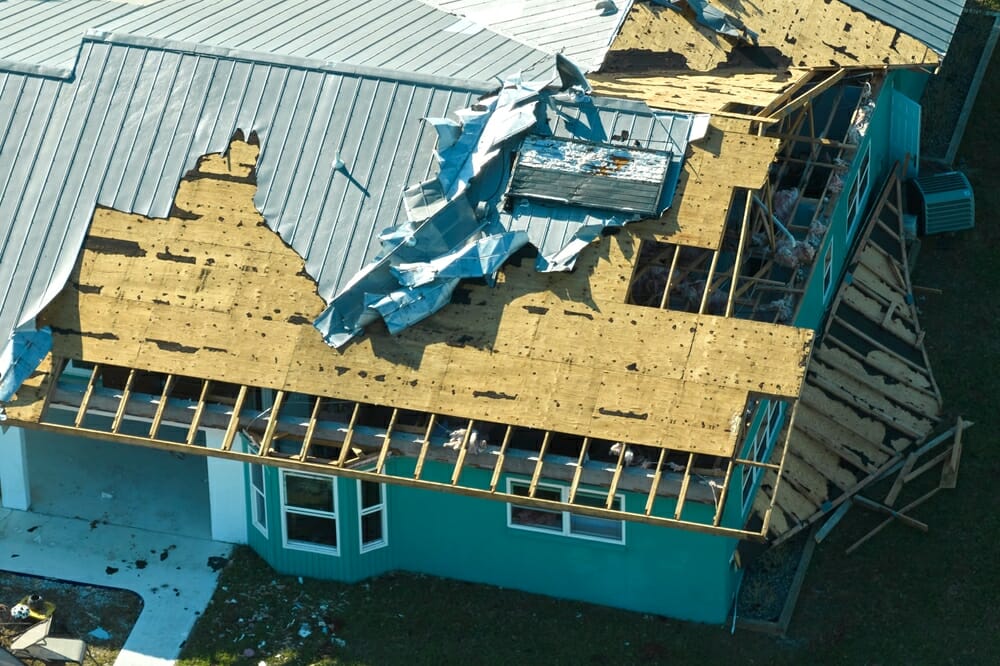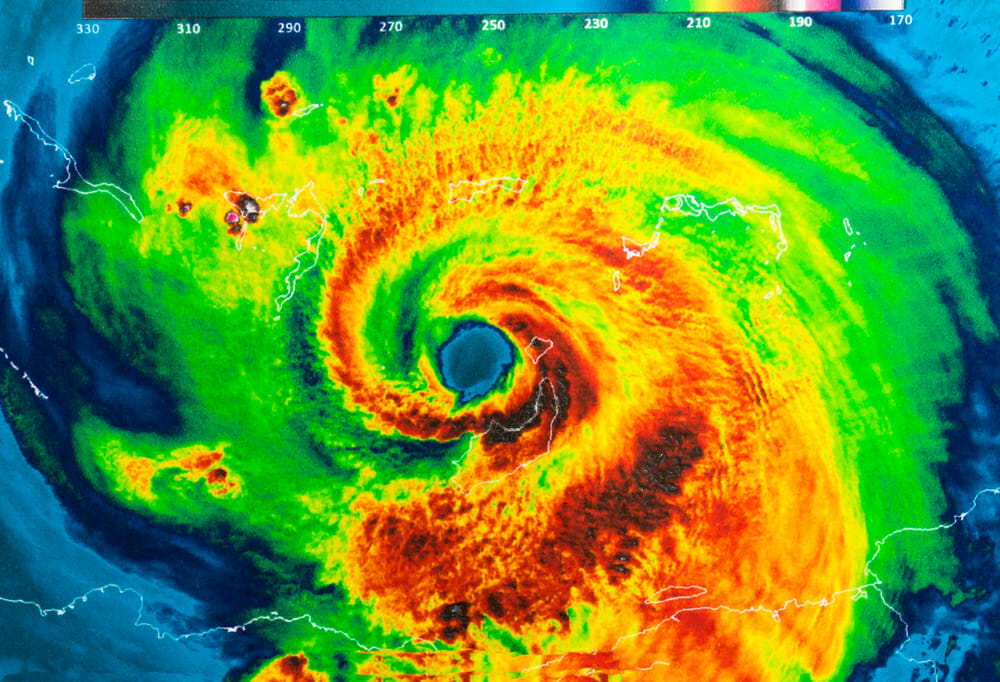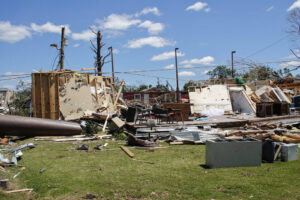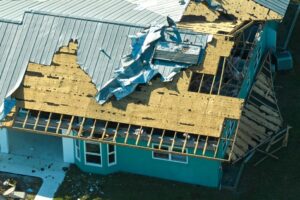Mitigation fire practices are essential strategies to reduce the risk and impact of wildfires in vulnerable areas. These methods focus on creating a safer environment for both the community and its structures by addressing fire risks proactively.
The threat posed by wildfires is real and growing, exacerbated by factors such as climate change and expanded human settlements into fire-prone areas. Recognizing the importance of mitigation fire strategies is crucial, not just for safeguarding properties, but also for protecting lives and reducing the burden on local fire response services. These practices involve systematic efforts to reduce fire hazards by managing vegetation, using fire-resistant building materials, and designing communities that can better withstand the onset of wildfires.
In communities, particularly those in the wildland-urban interface (WUI), the impact of wildfires can be devastating. Effective fire mitigation not only helps in protecting individual properties but also enhances the overall resilience of communities against catastrophic events. It is a community-wide responsibility that requires both individual and collective action.

What is Fire Mitigation?
Understanding the Basics of Mitigation Fire
Mitigation fire involves strategies and practices aimed at reducing the risk and impact of wildfires. This includes a variety of methods from altering how communities manage landscapes to integrating fire-resistant materials in construction. The goal is straightforward: lessen the likelihood of fires starting, and reduce their ability to spread, thus protecting lives, properties, and ecosystems.
Key concepts in mitigation fire include:
- Fire-resistant materials: Using substances that can withstand high temperatures to construct homes and other structures.
- Defensible space: Clearing vegetation and other flammable materials around properties to create a buffer zone.
- Wildfire mitigation planning: Developing community-wide strategies that address potential fire threats and responses.
The importance of these strategies cannot be overstated. With the increasing frequency and intensity of wildfires, integrating these practices not only helps in safeguarding properties but also significantly bolsters community resilience.
Proactive Strategies for Fire Mitigation
Proactive fire mitigation involves a blend of vegetation management, the use of fire-resistant building materials, and comprehensive community planning. Here’s how these strategies play out:
- Vegetation Management:
- Fuel reduction: Thinning out forests and removing dead or dying trees to reduce the amount of fuel available for wildfires.
- Controlled burns: Intentionally setting and managing fires under controlled conditions to clear away underbrush and dead plants that could fuel wildfires.
-
Regular inspections: Checking for and removing vegetation that poses a fire risk near homes and community infrastructure.
-
Building Materials:
- Roofing: Using materials like slate, metal, or tile that resist embers and prevent fires from taking hold.
- Siding: Incorporating non-combustible siding materials such as brick, stucco, or fiber cement.
-
Vents: Installing vents designed to prevent flying embers from entering the home during a fire.
-
Community Planning:
- Zoning laws: Enforcing building codes and zoning laws that require fire mitigation measures in construction and landscaping.
- Emergency routes: Designing clear and accessible evacuation routes for residents in fire-prone areas.
- Education and drills: Conducting regular community education sessions and evacuation drills to ensure everyone knows what to do in case of a fire.
Implementing these proactive strategies requires collaboration across various sectors including local governments, fire departments, urban planners, and residents. As noted in the reports from the Wildland Fire Mitigation and Management Commission, fostering collaboration and shifting from reactive to proactive planning are crucial for effective fire mitigation.
In summary, mitigation fire is about understanding the risks, planning accordingly, and using scientifically backed strategies to manage and reduce these risks. By integrating these measures, communities can not only protect themselves from the immediate threats of wildfires but also contribute to long-term sustainability and resilience. It’s clear that a comprehensive approach, encompassing everything from individual home adaptations to broad-scale community planning, is essential in the fight against wildfires.
Implementing Fire Mitigation Measures
Creating a Defensible Space
Zone Planning:
Creating a defensible space involves careful zone planning around your property. This means dividing the land into different zones where specific mitigation practices are applied. For instance, the area closest to your home should be the most rigorously managed to reduce flammable materials.
Vegetation Control:
In the immediate zone, typically within 30 feet of your home, remove all dead or dry vegetation and keep trees and shrubs pruned and spaced out. This reduces the chance of fire spreading directly to your home from nearby natural elements.
Non-combustible Zones:
Establish non-combustible zones by using gravel, concrete, or stone in areas adjacent to your home. This not only adds an aesthetic element but also acts as a fire break, stopping the fire from reaching your home.
Home Adaptation Techniques
Fire-resistant Roofing:
Upgrading to fire-resistant roofing materials is crucial. Materials like slate, tiles, or metal can withstand high temperatures and prevent embers from igniting the roof. This adaptation is particularly important as the roof is often the most vulnerable part of a building during a wildfire.
Ember-resistant Vents:
Installing ember-resistant vents prevents embers from entering your home, which could ignite a fire from the inside. These vents are designed to block flying embers while still allowing air circulation, crucial for attic spaces.
Non-combustible Siding:
Replacing traditional siding with non-combustible options such as stucco or fiber cement protects the structural integrity of your home from external fires. These materials do not ignite or contribute to the fire load, providing better protection against spreading flames.
By implementing these measures, homeowners can significantly enhance their property’s resilience against wildfires. Each step contributes to a comprehensive defense strategy, safeguarding not just the individual home but also supporting wider community safety efforts. As we continue to see the effects of climate change intensify, such proactive adaptations and planning are more crucial than ever.
Mitigation Fire in Action: Case Studies
Lessons from Colorado and California
Colorado Wildfires:
The Black Forest fire and the Waldo Canyon fire are stark reminders of the destructive power of wildfires in Colorado. Together, these fires destroyed over 833 homes and claimed four lives. The losses highlight the critical importance of mitigation fire efforts. In response, Colorado has seen enhanced measures in fire mitigation, particularly in creating defensible spaces around properties and improving community awareness and preparedness.
California Strategies:
California has been a pioneer in adopting proactive wildfire mitigation strategies due to its frequent and intense wildfire seasons. The state has implemented robust building codes and land-use planning to reduce wildfire risks. Utilities in California, recognizing the heightened threat, have also revamped their vegetation management practices to prevent fire from spreading through power lines, a common ignition source for wildfires.
Texas Fire Mitigation Efforts
Wildland Urban Interface (WUI):
In Texas, the expansion of the Wildland-Urban Interface has prompted significant fire mitigation efforts. As more people move into areas close to fire-prone wildlands, the need for effective community wildfire protection plans has become more acute. Texas has focused on educating homeowners about the importance of creating defensible spaces and using fire-resistant materials in construction.
Controlled Burns:
Texas also utilizes controlled burns as a strategic tool to manage vegetation and reduce the fuel available for potential wildfires. These prescribed fires are carefully planned and executed to ensure safety while effectively reducing excess vegetation.
Community Wildfire Protection Plans:
Involvement at the community level is crucial for effective wildfire mitigation. Texas communities have developed localized wildfire protection plans that include strategies for evacuation, communication during emergencies, and regular public education sessions on fire safety and mitigation techniques.
By examining the actions taken in Colorado, California, and Texas, we can observe the effectiveness of proactive and coordinated approaches to wildfire mitigation. These case studies demonstrate that while wildfires can be devastating, comprehensive mitigation efforts can significantly reduce their impact on communities. The lessons learned from these states will continue to guide improvements in fire safety and community resilience across the nation.
Continuing from these insights, the next section will delve into the legal and insurance aspects of fire mitigation, highlighting how understanding and navigating these elements is crucial for homeowners and communities alike.
Legal and Insurance Aspects of Fire Mitigation
Understanding Your Coverage
Navigating insurance coverage for fire mitigation can be complex, but it’s crucial for protecting your property and finances. Most homeowner insurance policies cover fire damage, but understanding the specifics can save you a lot of trouble. Mitigation fire strategies, such as creating a defensible space or using fire-resistant materials, can sometimes influence your insurance premiums and coverage terms.
Insurance Claim Recovery Support plays a pivotal role here. They advocate for policyholders, ensuring that you understand your coverage options and receive fair treatment from insurance companies. This support is invaluable, especially when filing claims after a fire. They help document damages comprehensively and negotiate with insurance companies to maximize your settlement.
Federal and State Support for Mitigation
Both federal and state governments recognize the importance of fire mitigation and offer various supports:
-
Federal Tax Credits: Homeowners undertaking fire mitigation measures can benefit from federal tax credits, easing the financial burden. These incentives are designed to encourage proactive measures, reducing the potential for devastating fires and, consequently, expensive claims and recoveries.
-
Legal Frameworks: Local ordinances often dictate specific fire mitigation strategies, especially in high-risk areas like the Wildland Urban Interface (WUI). These laws might mandate certain safe practices, like maintaining a vegetation-free zone around your property.
-
Government Grants: Various grants are available to help communities and individual homeowners implement fire mitigation strategies. These funds can cover costs for tree clearing, construction of fire-resistant structures, and other preventative measures.
By leveraging these supports, homeowners can significantly enhance their property’s resilience against wildfires while potentially reducing insurance costs. Understanding these aspects is not just about compliance; it’s about taking proactive steps to safeguard your community, assets, and peace of mind.
Continuing from these insights, the importance of community engagement and continuous education in fire mitigation cannot be overstated. The next section will explore how communities can work together to enhance fire safety and how ongoing learning and adaptation are vital for living safely in fire-prone areas.
Frequently Asked Questions about Fire Mitigation
What does fire mitigated mean?
Fire mitigation refers to the steps taken to reduce the risk and impact of fires in an area. This can involve a variety of strategies aimed at managing both the landscape and the structures within it to lessen the severity of wildfires. Fire mitigation is crucial in helping protect homes, communities, and forests from catastrophic damage.
What are mitigation measures during fire?
During a fire, mitigation measures are actions that help reduce the fire’s intensity and limit its spread. These include:
- Creating defensible spaces around properties by clearing away flammable vegetation and materials.
- Using fire-resistant building materials for roofs, sidings, and decks.
- Establishing community fire plans that include evacuation routes and safe zones.
- Implementing controlled burns in coordination with local fire authorities to manage vegetation.
These measures are designed to give both homes and firefighters a better chance at defending against wildfires.
How do you mitigate fire risk?
Mitigating fire risk involves a combination of personal responsibility and community effort. Here are key strategies:
-
Assess and Reduce Fuel: Regularly remove or reduce flammable vegetation around your property to create a buffer zone. This includes maintaining lawns, removing dead leaves, and pruning trees.
-
Embrace Fire-Resistant Materials: When building or renovating, choose materials that are resistant to fire. For example, installing metal roofing or using ignition-resistant construction materials can significantly lower your home’s vulnerability.
-
Plan and Prepare: Develop a fire action plan that includes evacuation routes and a communication strategy. Ensure all family members are familiar with the plan.
-
Community Engagement: Participate in local fire prevention programs and stay informed about community-wide efforts like the creation of a Community Wildfire Protection Plan (CWPP).
By integrating these practices, individuals and communities can significantly enhance their resilience against wildfires while potentially reducing insurance costs. Understanding these aspects is not just about compliance; it’s about taking proactive steps to safeguard your community, assets, and peace of mind.
Continuing from these insights, the importance of community engagement and continuous education in fire mitigation cannot be overstated. The next section will explore how communities can work together to enhance fire safety and how ongoing learning and adaptation are vital for living safely in fire-prone areas.
Conclusion
As we wrap up our discussion on mitigation fire, it’s clear that the journey towards a fire-resilient community is a collective effort. Each member of the community holds a piece of the puzzle to effective wildfire mitigation. This shared responsibility means not only implementing the technical measures we’ve discussed but also fostering a culture of awareness and proactive behavior.
Community Responsibility
Wildfires do not respect property lines or personal boundaries. They are a force of nature that can be devastating if not collectively addressed. This is why community responsibility is paramount. By working together, communities can establish and maintain the necessary infrastructure and practices to mitigate fire risks. This includes participating in community wildfire protection plans and supporting local fire management efforts. Our collective action can lead to safer, more resilient neighborhoods.
Continuous Education
The landscape of wildfire management and mitigation is changing. Continuous education is crucial for staying ahead of potential risks. This means regularly updating community plans, attending workshops, and staying informed about the latest research and technologies in fire mitigation. Education empowers individuals and communities to make informed decisions that enhance their safety and resilience against wildfires.
Insurance Claim Recovery Support
At Insurance Claim Recovery Support, we understand the complexities of fire damage and the importance of swift, effective action. Our role extends beyond just helping you recover from fire damage; we aim to be your proactive partner in mitigating risks before they escalate. By understanding your coverage and taking advantage of our expertise, you can not only secure your property but also potentially reduce the costs associated with fire damage.
In conclusion, the path to effective fire mitigation is paved with the efforts of every community member and the support of dedicated professionals. By embracing our shared responsibilities, continuously educating ourselves, and leveraging expert support, we can create safer environments that stand resilient in the face of wildfire threats. Let’s continue to work together to protect our homes, our communities, and our future from the devastating impacts of fires.

